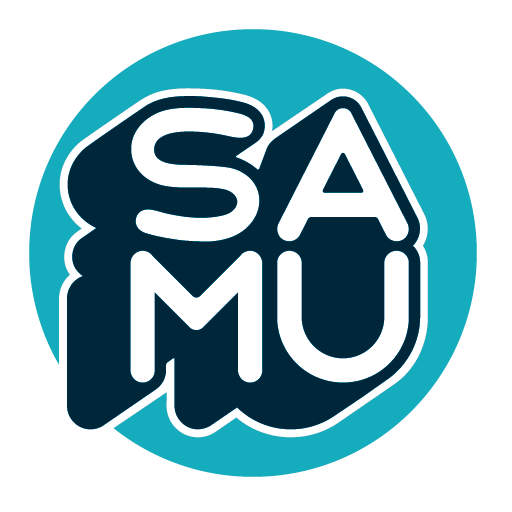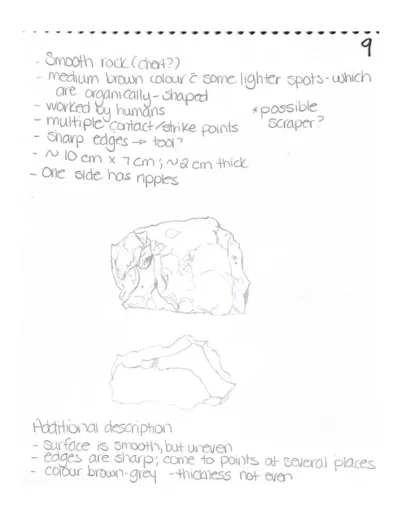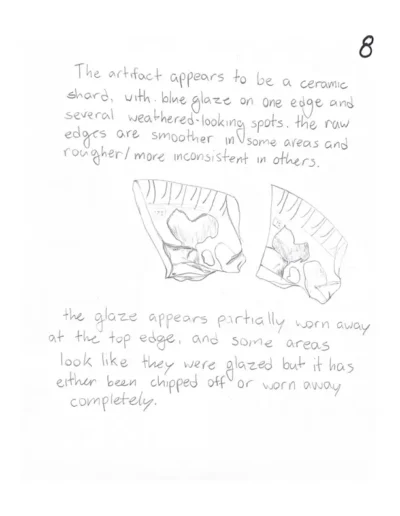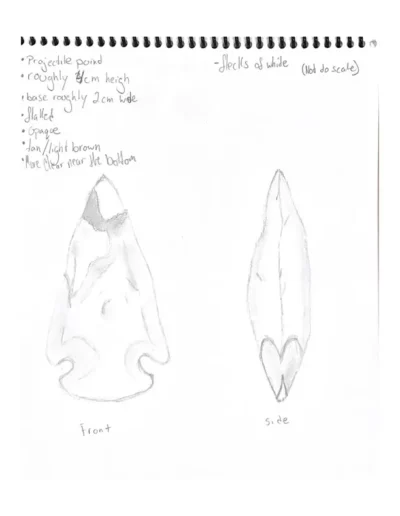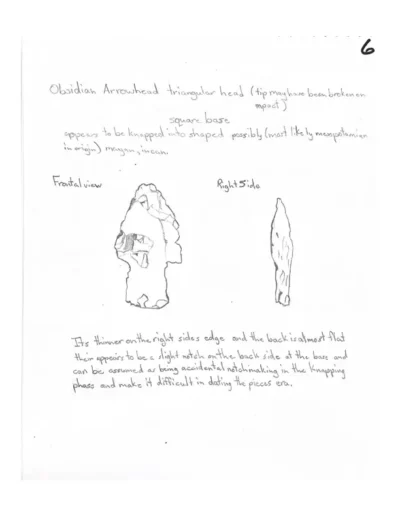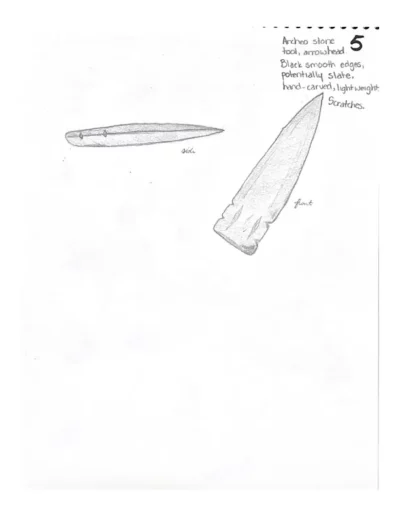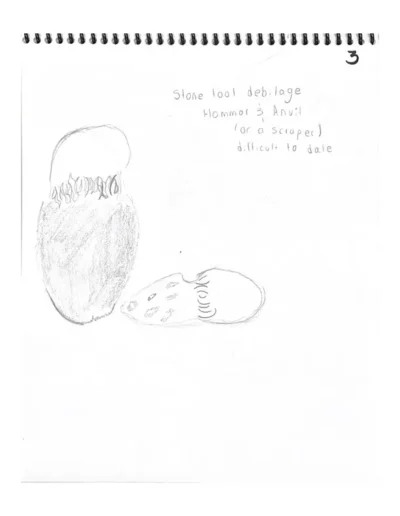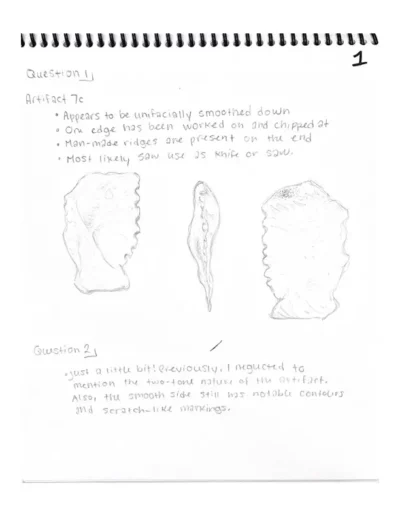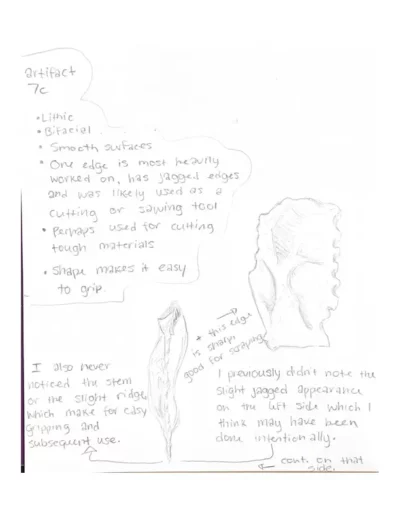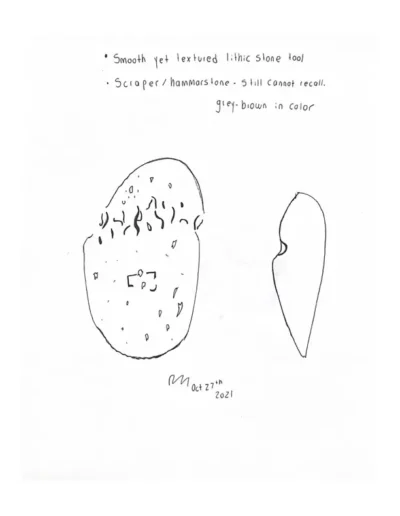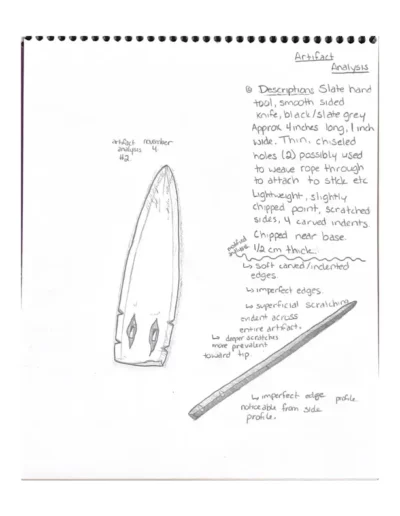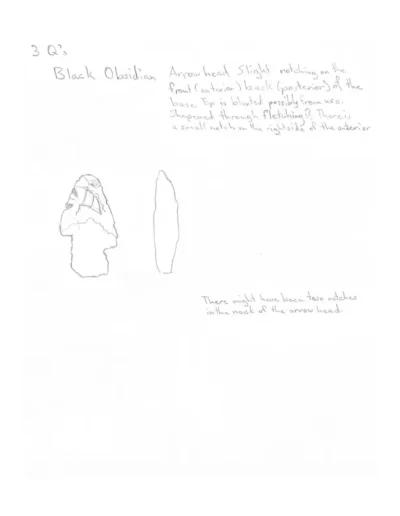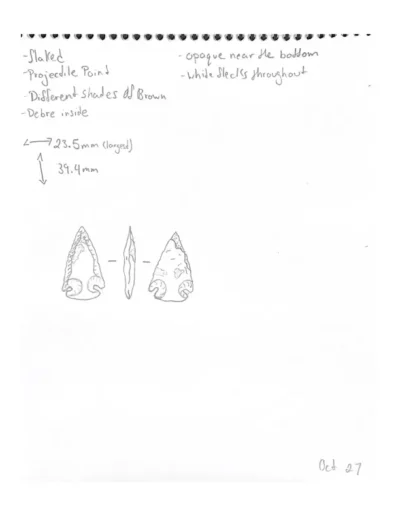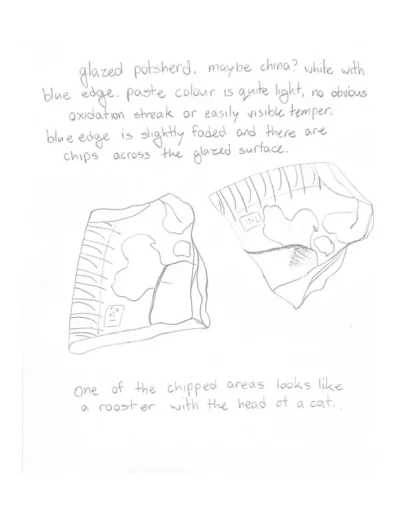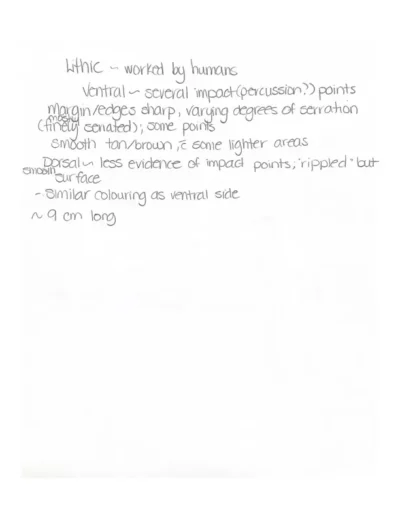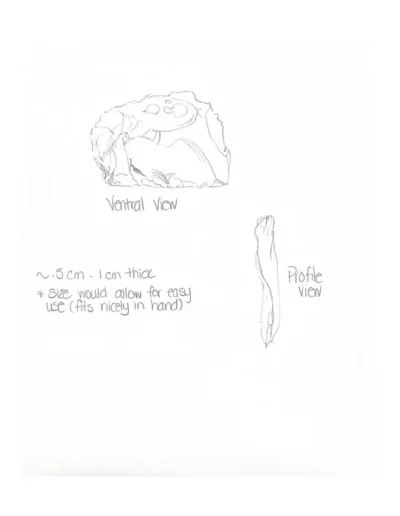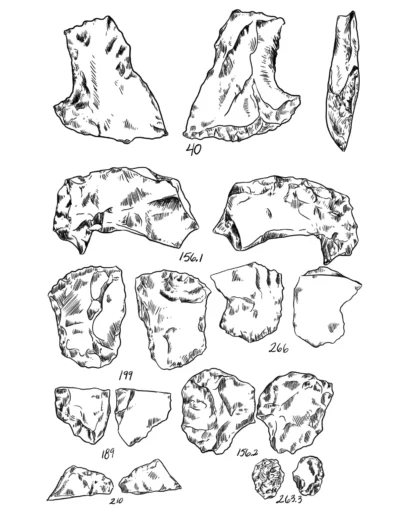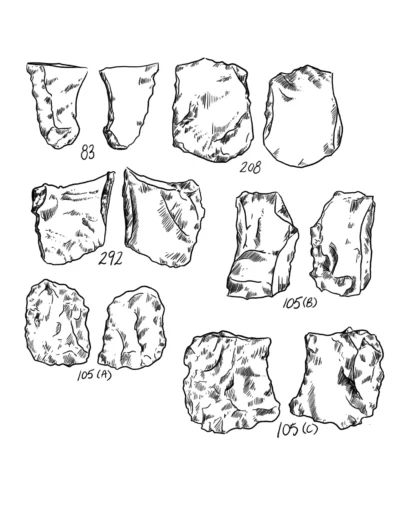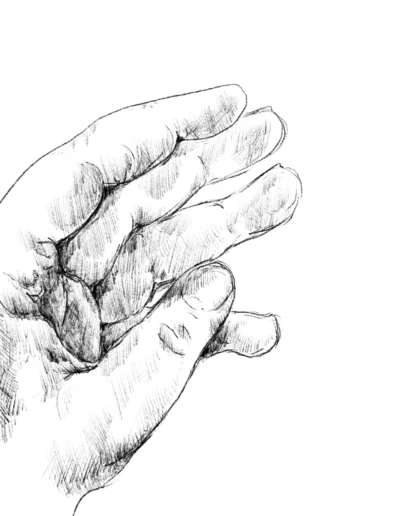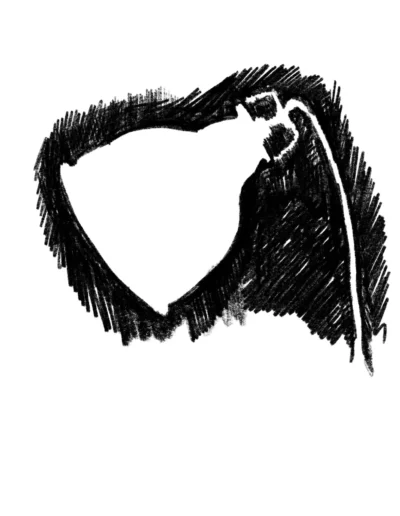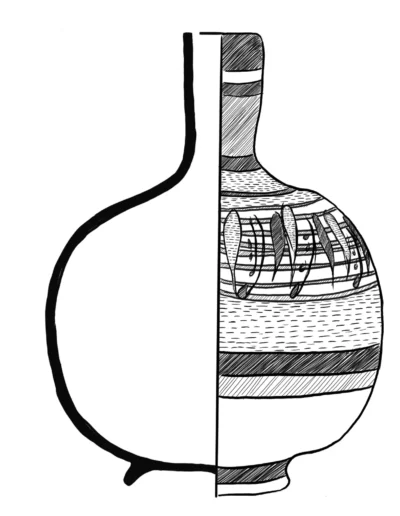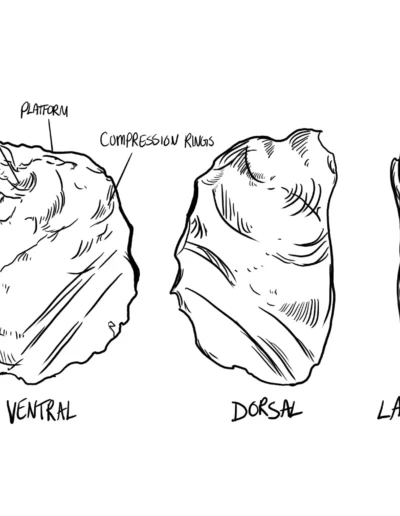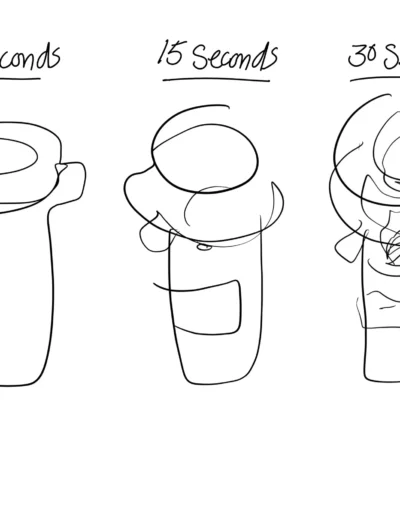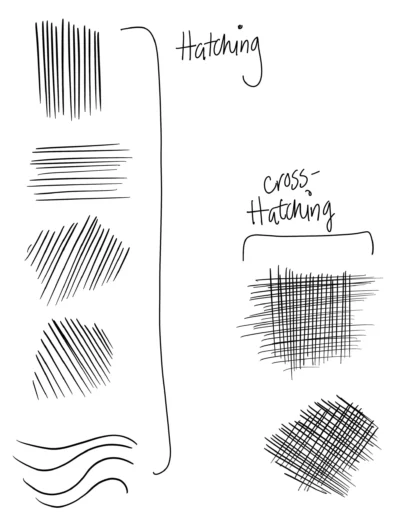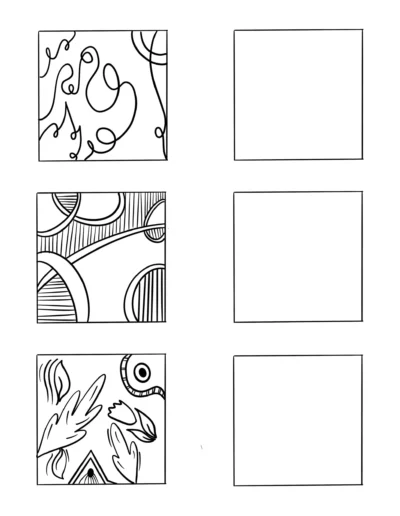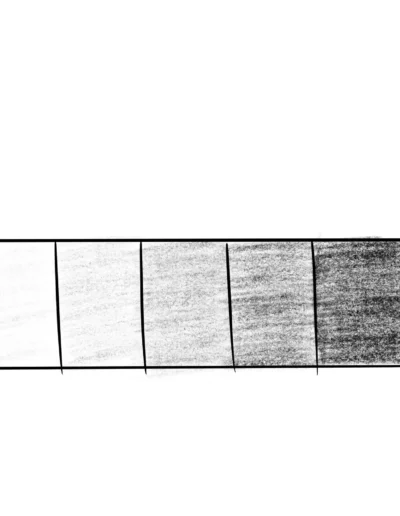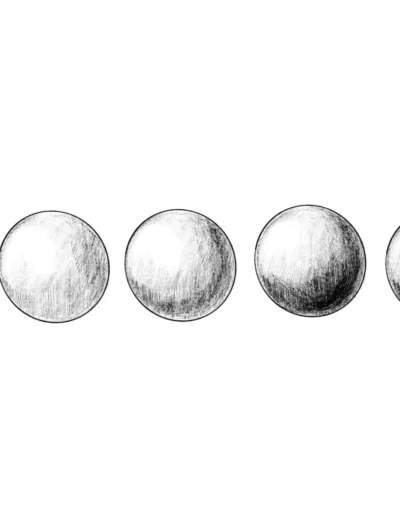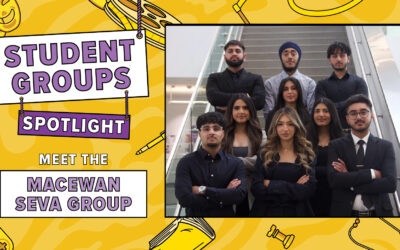HAILEY KENNEDY - PROFILE
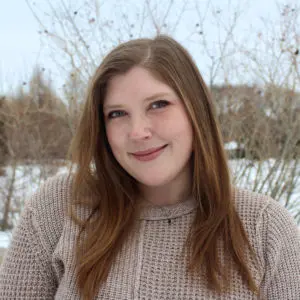 I am an honours anthropology student researching the relationship art and drawing has within archaeology. I became interested in this topic as I noticed that I was drawing to help with my understanding of certain archaeological ideas and concepts and that most of my peers didn’t do this. Art has been a part of my life for over ten years and is something that has greatly impacted how I understand and involve myself within archaeology and anthropology. My goal with this project was to highlight the connection and value art and drawing has within archaeology and to assist in facilitating a deeper understanding of how drawing can affect archaeological thought, especially for those less familiar with the potential drawing can have.
I am an honours anthropology student researching the relationship art and drawing has within archaeology. I became interested in this topic as I noticed that I was drawing to help with my understanding of certain archaeological ideas and concepts and that most of my peers didn’t do this. Art has been a part of my life for over ten years and is something that has greatly impacted how I understand and involve myself within archaeology and anthropology. My goal with this project was to highlight the connection and value art and drawing has within archaeology and to assist in facilitating a deeper understanding of how drawing can affect archaeological thought, especially for those less familiar with the potential drawing can have.
This project has given me the opportunity to connect with a variety of specialists in their field, ranging from fine artists to students to archaeological researchers. During this project I facilitated a series of art workshops in which participants learned basic art principles and then applied their learned skills towards drawing artifacts and providing written observations. These art workshops aimed at determining if drawing would help in the observation of artifacts and provided an interdisciplinary approach to this topic. The SAMU Grey Gallery has allowed me to showcase some work done by my research participants, highlight key thoughts voiced through my interviews and display past ways drawing has helped me understand archaeology. I have included teaching materials and examples from the art workshops, as well as relevant drawings from past archaeological experiences.
THESIS SUMMARY
Observational skills provide the foundation for many archaeological techniques. In particular, drawing skills were once seen as critical in archaeology and so they were taught frequently within archaeology classes. Drawing can take a variety of forms, from using a pencil and paper to heavy duty drawing tablets used for animation; however, no matter the materials used to draw and sketch, observing is critical for producing an accurate drawing. The widespread use and adoption of digital photography and image-making has resulted in a decline in the use of drawing within archaeology, and such skills are now only briefly considered in archaeological teaching as practical and worthwhile endeavours. The analytical importance of drawing within archaeology is not usually considered beyond its role in providing visual representations for readers of archaeological reports or through its informal use by researchers in the field.
My paper considers the role drawing can have within archaeology and suggests that drawing can and should be used as a tool to aid in critical observation. Two main sources of data were collected for this study: a collection of interviews with specialists (archaeologists, artists, etc.); and an experiment involving eight individuals to test whether critical observation skills were improved if individuals are provided instruction in basic drawing techniques. The results of this study suggest that drawing can be a useful mode of observation that generates data for archaeological interpretation rather than simply being a means of representing data.
THESIS BREAKDOWN/OVERVIEW
ART WORKSHOP CONTRIBUTORS:
- Ashley Moodie
- Sheri-lynn Bourque-Makey
- Emery Davies
- Carmen Pederson
- Rielle Zahacy
- Christopher MacKay
- Alixaundria Lamothe
INDIVIDUALS THAT WERE INTERVIEWED:
- Alwynne Beaudoin
- Lynne Chapman
- Kathryn Killackey
- Todd Kristensen
- Courtney Lawrence
WORKSHOP BREAKDOWN:
There was both an in-person and online option for the art workshops in an attempt to remove any barriers due to COVID-19. The workshops themselves were broken into five main principles of art: lines, tones/values, perspective, texture and colour. These five principles were highlighted throughout the workshops and were applied within the context of drawing artifacts. Individuals who participated in the online workshop had to supplement artifacts and other materials with objects that they had access to, as the materials and artifacts were unable to leave the anthropology lab. The drawing exercises for each workshop was chosen and developed to utilize observational skills and to incorporate the principles covered within each workshop. The first workshop focused on lines/line weight and tones/values, the second covered perspective/proportions and texture and the third briefly touched on colour, specifically applying colour to artifact illustrations. These workshops were intended to provide participants with a basic foundation of drawing skills that could be utilized when observing artifacts.
Prior to the workshops, each participant was given an artifact and completed an initial drawing and provided written observations about their artifact. After completing the workshops, each participant was given the same artifact and was again asked to complete a drawing and provide written observations. The assessments done before and after the art workshops were then compared within the context of each participants sketchbook.
Below are the assessments obtained before and after the art workshops, examples of the exercises completed during the workshops and each participants sketchbook.
QUOTES FROM PERSONAL COMMUNICATIONS/INTERVIEWS
“I did insist that they all did what I did, which is draw what they saw…”
“…drawing and recording is part of what we all do in different ways”
Lynne Chapman, June 21, 2021
“A big part of learning to draw is learning what to leave out.”
Courtney Lawrence, July 30, 2021
“I do think in general attending those workshops would probably help. But the problem I find with any workshop is if you just take it once, but then you don’t apply those skills then, it’s almost like you didn’t even take the workshop in the first place.”
Todd Kristensen, July 30, 2021
“I definitely think I’d like to stay involved in creating different types of artwork that people will value, that the public will value…”
“You don’t have to reduce [archaeology] to these black and white drawings and graphs and excel tables and things like that.”
Kathryn Kallickey January 4, 2022
“…drawing is the way I approach archaeology… it’s the way I understand archaeology”
“…with illustration it built long term relationships with archaeologists and researchers that I continually come back and work with them over overtime”
Alwynne Beaudoin
“you can walk along a river cut bank and the archaeologist will see one thing and the paleontologist will see another… they’re seeing very different things”
THE WORKSHOP PARTICIPANTS SKETCHBOOKS
Click any of the following to view Hailey’s sketchbooks.
